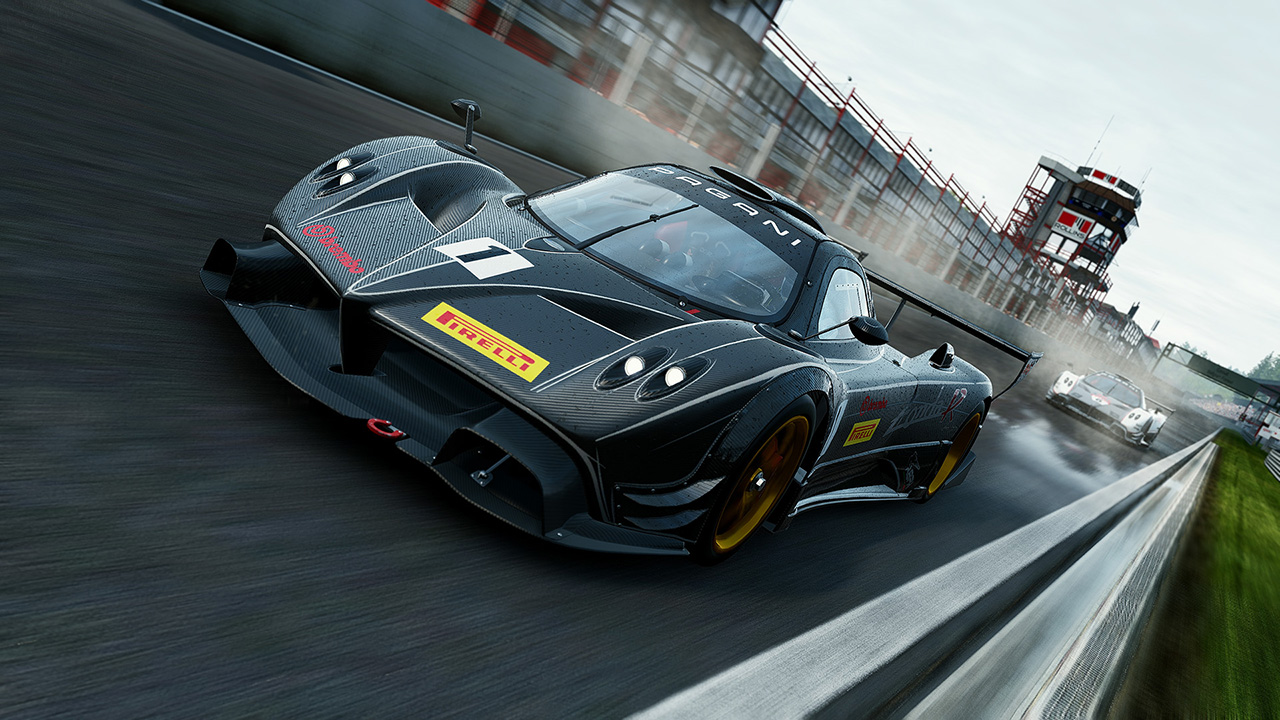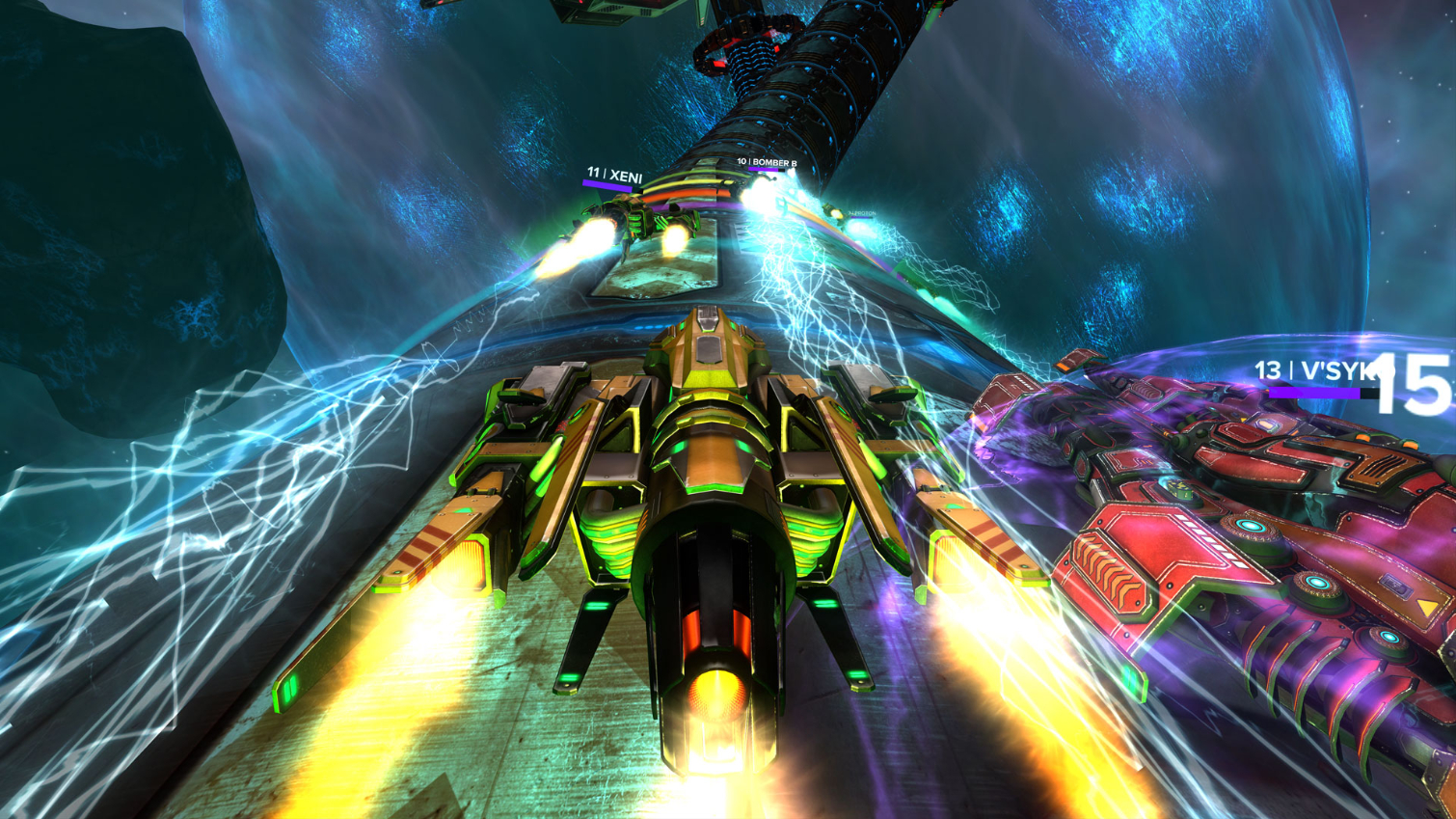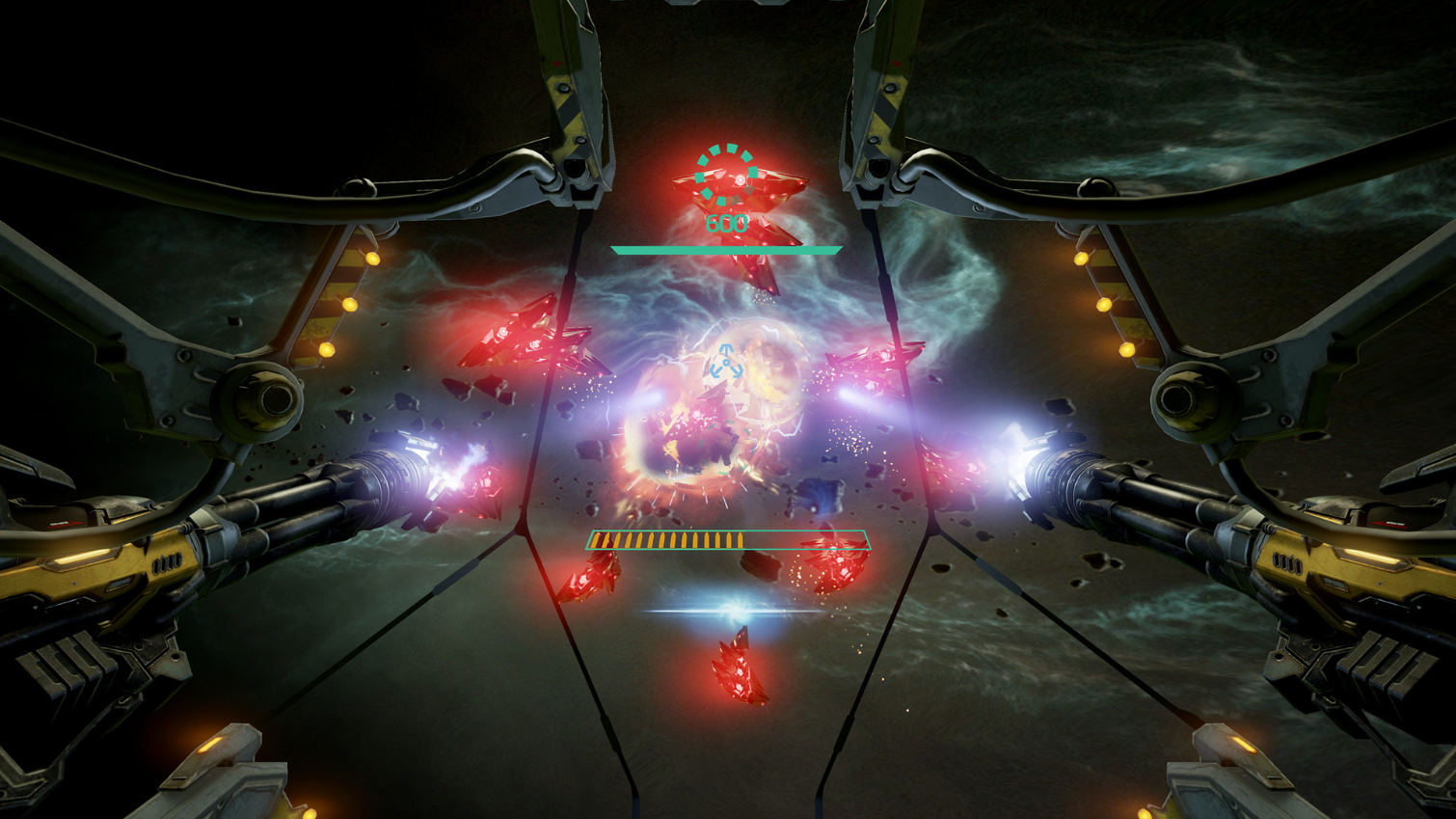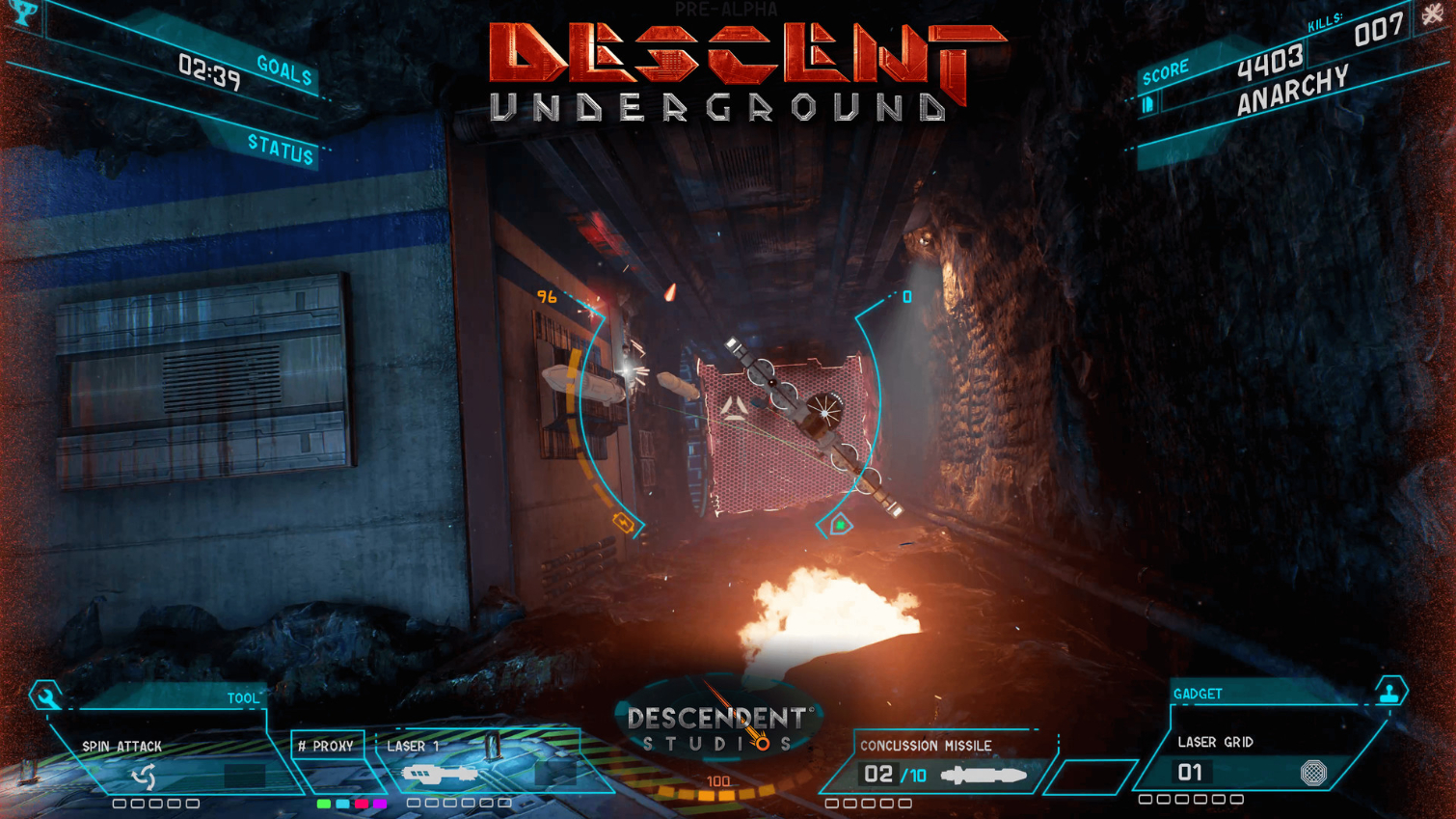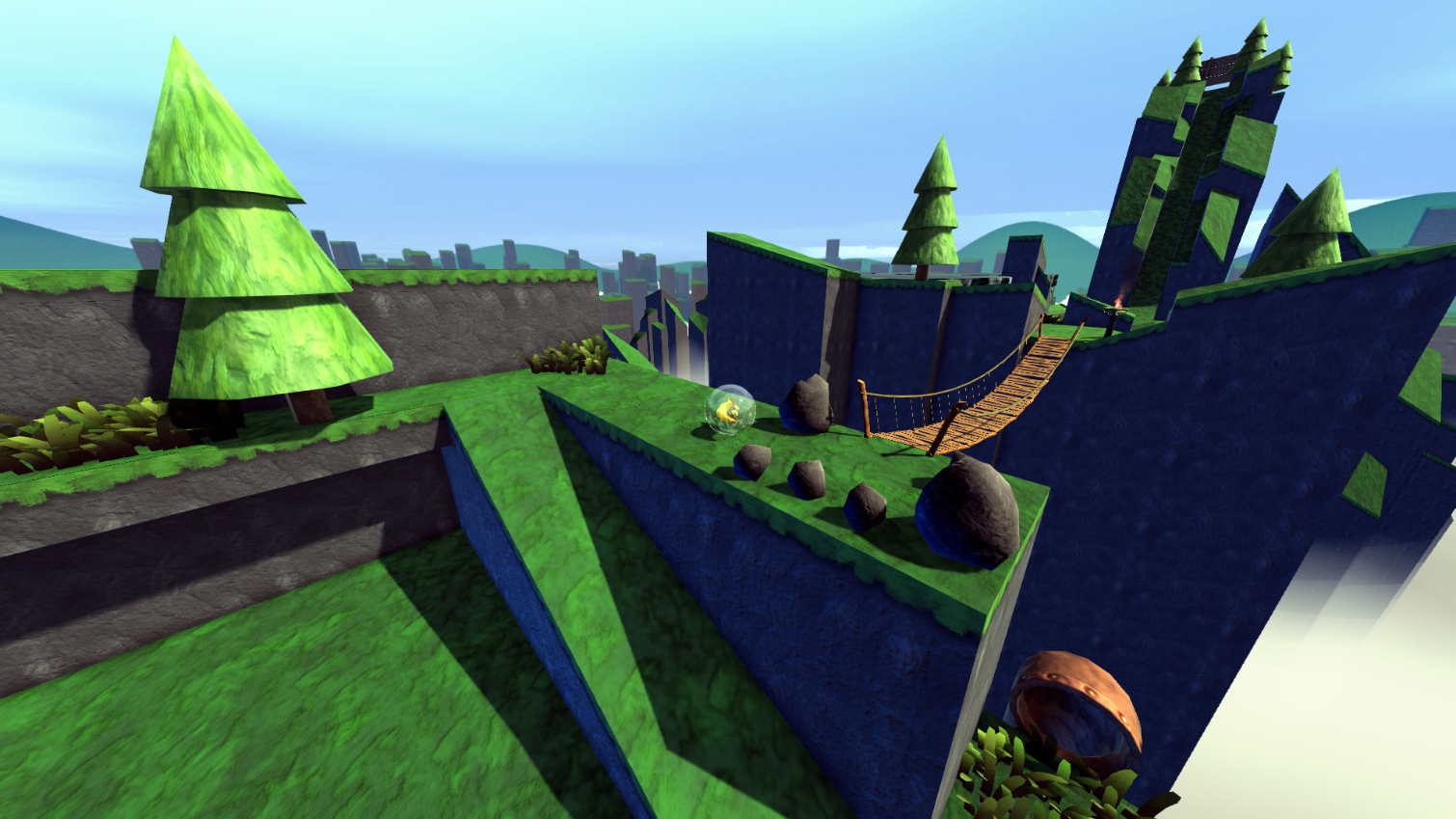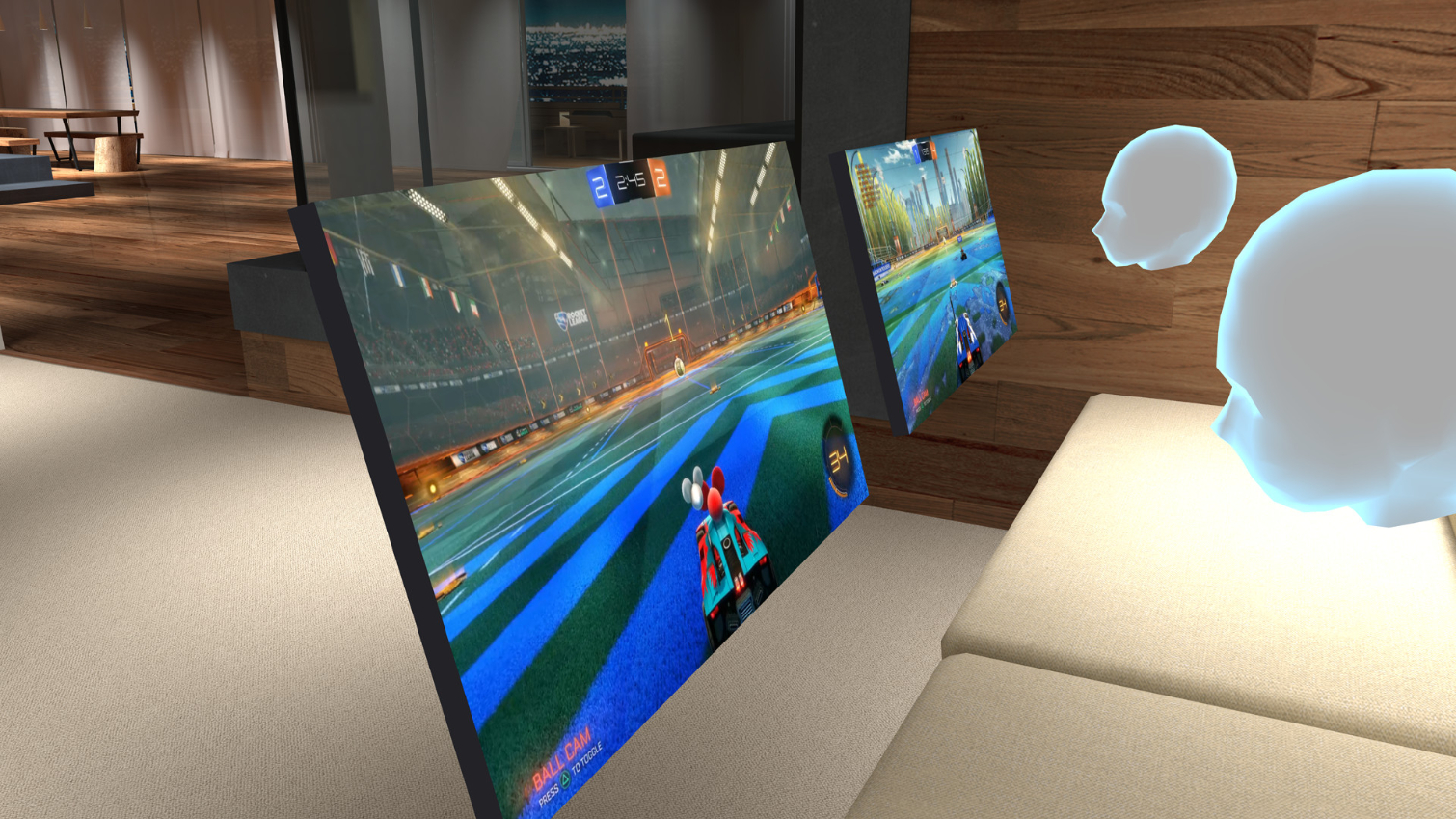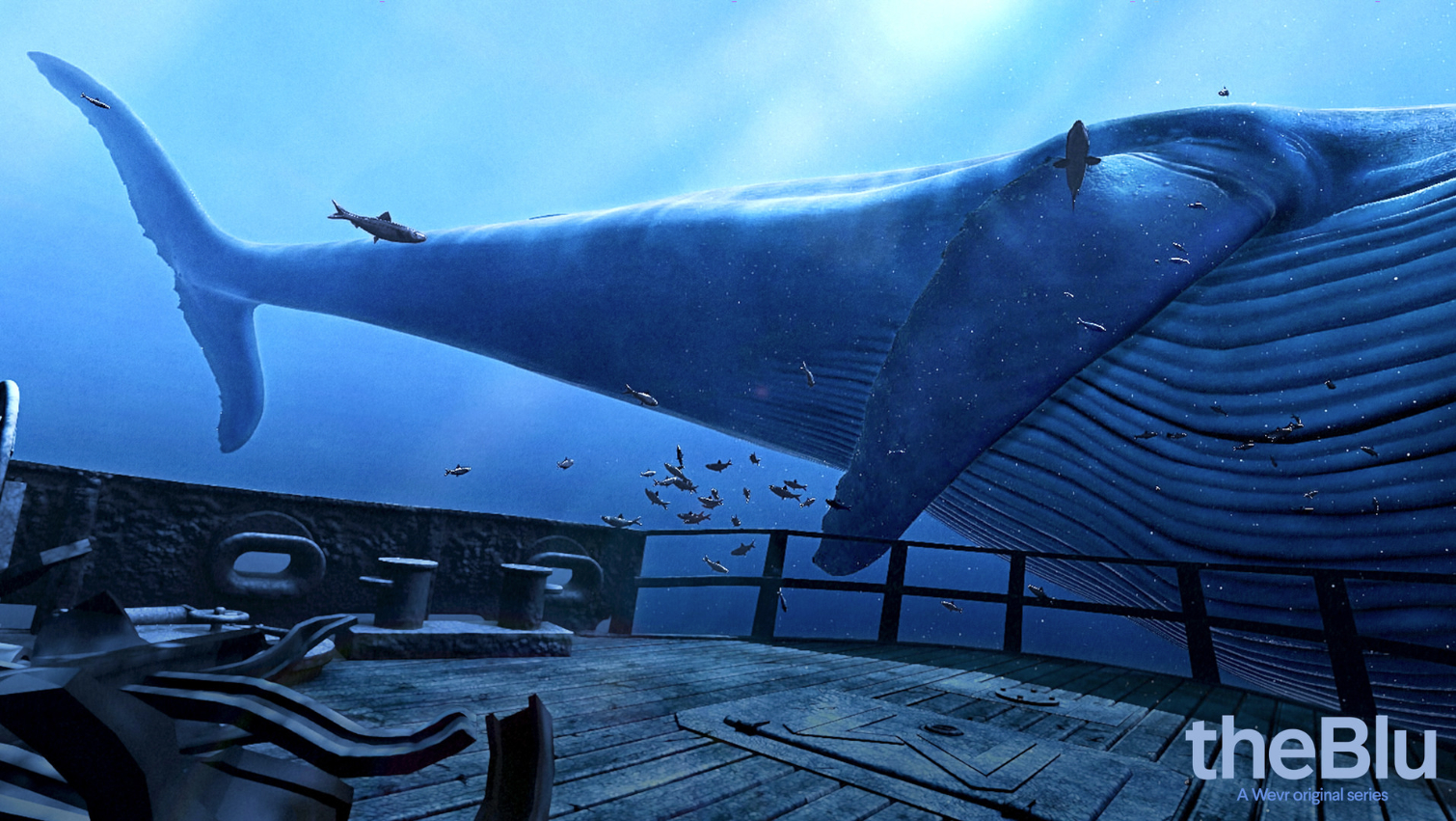Razer OSVR Hacker Developer Kit 1.4 Review
The Razer OSVR HDK 1.4 offers VR on a budget. The HMD features a lower resolution than the typical VR systems, which lowers the GPU requirements for VR gaming, but can a 60Hz 1080p display really deliver a compelling VR experience?
Why you can trust Tom's Hardware
Our (Subjective) Experience With OSVR
Gaming is without a doubt the primary draw of virtual reality hardware today. Anyone interested in buying the OSVR HDK is either looking to play games or make them. The OSVR platform is already compatible with a significant number of titles, but how well do they work on open source hardware?
Project CARS
Project CARS is arguably one of the best racing simulations ever published, and it's one of the few AAA games ported over to VR. On a conventional monitor, you get high-intensity action, and in VR the experience is amplified further. Playing Project CARS on the Rift or Vive requires a PC with significant performance, but the lower resolution and refresh rate of the OSVR HDK make it easier to run on mainstream components.
As expected, the game ran beautifully when we had a GeForce GTX 980 Ti installed in our test system. Frame rates remained smooth, and we didn’t notice any tearing.
Surprisingly, the game continued to run well with a GeForce GTX 660 installed. The detail settings had to be dropped to the Low preset, while anti-aliasing and anisotropic filtering was turned off. But that yielded playable performance. Even with graphics quality turned down all the way, the details were clear enough to race without distraction.
Radial G
Radial G is another VR racing game, though this one takes inspiration from the likes of F-Zero and Wipeout. You pilot a futuristic ship across a cylindrical track.
Radial G isn't a particularly intensive workload. With the GeForce GTX 980 Ti installed, frame rates were smooth, though we had some issues that appeared compatibility-oriented. After launching Radial G with SteamVR running, the game would load with an unresponsive controller. After firing it up a second time, the view was zoomed in so far that we couldn’t navigate the menus. Razer suggested disconnecting the IR tracking unit while playing Radial G, but that didn’t seem to help at all. We tried getting the game running many times and it never seemed to work properly.
Curiously, when we tried again using a GeForce GTX 660, Radial G worked perfectly. Better still, the GTX 660 seemed plenty fast for this title.
Get Tom's Hardware's best news and in-depth reviews, straight to your inbox.
EVE: Gunjack
In EVE: Gunjack, you play a turret commander that has to defend a mining colony from space attacks. You aim with your head and fire with the triggers on your controller.
With a GeForce GTX 980 Ti installed, the game ran flawlessly. A lower resolution and 60Hz refresh rate barely tax Nvidia's former flagship. The GeForce GTX 660, on the other hand, worked much harder to keep up. EVE: Gunjack ran reasonably well, even if there were occasions when you could tell performance dipped lower than it should. Still, we'd call this one playable at the OSVR HDK 1.4's minimum GPU specification.
Descent: Underground
Descent: Underground is a throwback to the classic 90s space dogfighting game, Descent. You pilot a ship through mining tunnels in a zero-gravity environment inside an asteroid. The game pits you against other players in a six-degree-of-freedom battle.
Experimental VR support is enabled through SteamVR, but Descent: Underground is very dizzying, as you might imagine. Performance was fine running on a GeForce GTX 980 Ti. Meanwhile, a GeForce GTX 660 doesn’t even come close to a playable experience. Even the menus respond slowly.
This game does a good enough job of making you sick by spinning you around in all directions. Do yourself a favor and make sure you at least have a powerful GPU installed before making it worse with choppy frame rates.
Marble Mountain
Marble Mountain is a modern twist on the classic maze box. You control the environment's angle with your controller to help guide a marble through a series of obstacles and puzzles. It’s very similar to Super Monkey Ball.
Marble Mountain offers graphics settings that help fine-tune performance. With a GeForce GTX 980 Ti installed, we were able to use the game's most taxing quality options. When we switched to the GeForce GTX 660, those settings were dropped to Low. Marble Mountain does have an option for changing resolution, but dialed-back quality options at 1920x1080 ran fine.
BigScreen Beta
BigScreen, which lets you use your desktop in VR, may be an option for some. It doesn't officially support OSVR, but the software launches through SteamVR and does seem to work. Unfortunately, the experience isn't ideal. The resolution of the full scene is 1080p, so the projected screen ends up at a significantly lower res and it's difficult to navigate Windows like that. Invest in a higher-resolution HMD if you want to play 2D content inside a 3D environment.
theBlu
The OSVR HDK 1.4 isn’t compatible with room-scale VR, so we didn’t expect theBlu to work. We decided to fire it up anyway, though, because Razer doesn't explicitly say you're limited to seated experiences when it comes to SteamVR compatibility.
If any room-scale title was going to work with OSVR, it was theBlu. This isn’t so much a game as it is a passive experience. That's why we thought we could get away without motion controller support. Sure enough, theBlu opened, but because you can't use a gamepad or mouse to select an experience, the opening lobby was as far as we could go.
We had the GTX 660 installed and noticed that, even in the level selection screen, the frame rate was less than ideal. If we had managed to select an experience, the card surely would have fallen flat on its face.
Current page: Our (Subjective) Experience With OSVR
Prev Page Health, Safety & Maintenance Next Page ConclusionKevin Carbotte is a contributing writer for Tom's Hardware who primarily covers VR and AR hardware. He has been writing for us for more than four years.
-
Jeff Fx > can a 60Hz 1080p display really deliver a compelling VR experience?Reply
If you can get games to work with it, maybe, if you haven't experienced modern VR and aren't susceptible to VR sickness.
I had an eMagin 800x600 per eye VR system a decade ago, and it was pretty good for people who don't get VR sick, until Nvidia dropped support and it became useless.
I'd recommend saving up for a Vive, the only full-VR system available today. Buying a low-quality alternative to something nice rarely turns out well. you'll just wind up junking it and spending the money on what you really wanted later. -
John Nemesh The only thing worse than having buyers remorse after buying an $800 VR setup like the Vive is having buyers remorse after doing the "responsible" thing and finding out that it isn't what you really want...then flushing that "savings" down the toilet when you go and buy what you should have bought in the first place...Reply -
John Nemesh Wish I could edit posts...just for the record, I have ZERO buyers remorse with the Vive!Reply -
alidan Personally, all i want of vr is 3d, and track my head, that's it, no room scale no controllers, just simple sensors because what i want is a sit down experience with my head acting as a camera input, especially for racing games.Reply -
picture_perfect Sounds like a "me too" effort by Razer. I don't see much point in any more VR systems right now because the technology cap has already been hit by Oculus/Valve. Until computer performance increases we probably won't see much better. Well we might, but this isn't it.Reply -
caustin582 I'm a Vive owner and while I have been pretty happy with my purchase, if there's one thing I could change it would be for it to have a higher resolution. Even at 1080x1200 per eye the individual pixels are easily visible and the image looks nowhere near as sharp as when I'm gaming on my old 1080p monitor. When the screen takes up such a wide field of view, the resolution needs to go way up in order to compensate.Reply
So it's kind of crazy to me that some companies think they can put out a good HMD that only splits a 1080p screen across both eyes. It might be worth it as a super-budget option for $99, but at $300 it's not all that cheap. Like it's not something most people are just going to buy on a whim and then happy forget about after they realize it looks ugly and makes them sick. Hate to be a downer but this really seems like the worst of both worlds. If you want a quick, cheap VR experience, you can build or buy a Google Cardboard. If you want the real thing, save up a little while longer and get an Oculus or Vive (or just wait until those are $300). -
bit_user Thanks for the review, but just skimming the first page, I'm surprised not to see any mention of the HDK2.Reply -
bit_user Reply
You can in the forums. Just follow the link at the top of the comments.18272515 said:Wish I could edit posts...
Um, it was more of a "me first" effort, with the initial version beating them to market by about a year. I think the author dropped the ball on explaining HDKs origin and backstory. Although it's touched upon, in the last page, I think the rest of the review would've been better served by covering it in a little more depth, right up front. Otherwise, it's not clear why the product compares so poorly with Vive and Rift. It was made to compete with Oculus DK/DK2-era hardware. And the whole review should've been prefaced with the caveat that they're basically reviewing an obsolete product (see above point about HDK2).18272741 said:Sounds like a "me too" effort by Razer. I don't see much point in any more VR systems right now because the technology cap has already been hit by Oculus/Valve.
I'm also puzzled as to why you feel there's only room for 2 players, in this young and dynamic market. Would you say that about any other aspect of computer hardware? (true that, defacto, we have 2 players in CPUs and discrete GPUs, but that's more an issue of cost to enter those markets vs. upside potential).
I'm really glad to see a low-cost solution in between phones and the premium PC HMDs. Maybe 1.4 isn't yet a compelling value offering, but I think there's definitely room for other players and other segments in this market than Vive/Rift. -
kamhagh Doesn't look good :S even my 2k note 4 looks ridicules, I know you can't compare them ut you can compare the pixels :S my view is filled with dotsReply
BTW: why are all vr games stupid space games? :|
